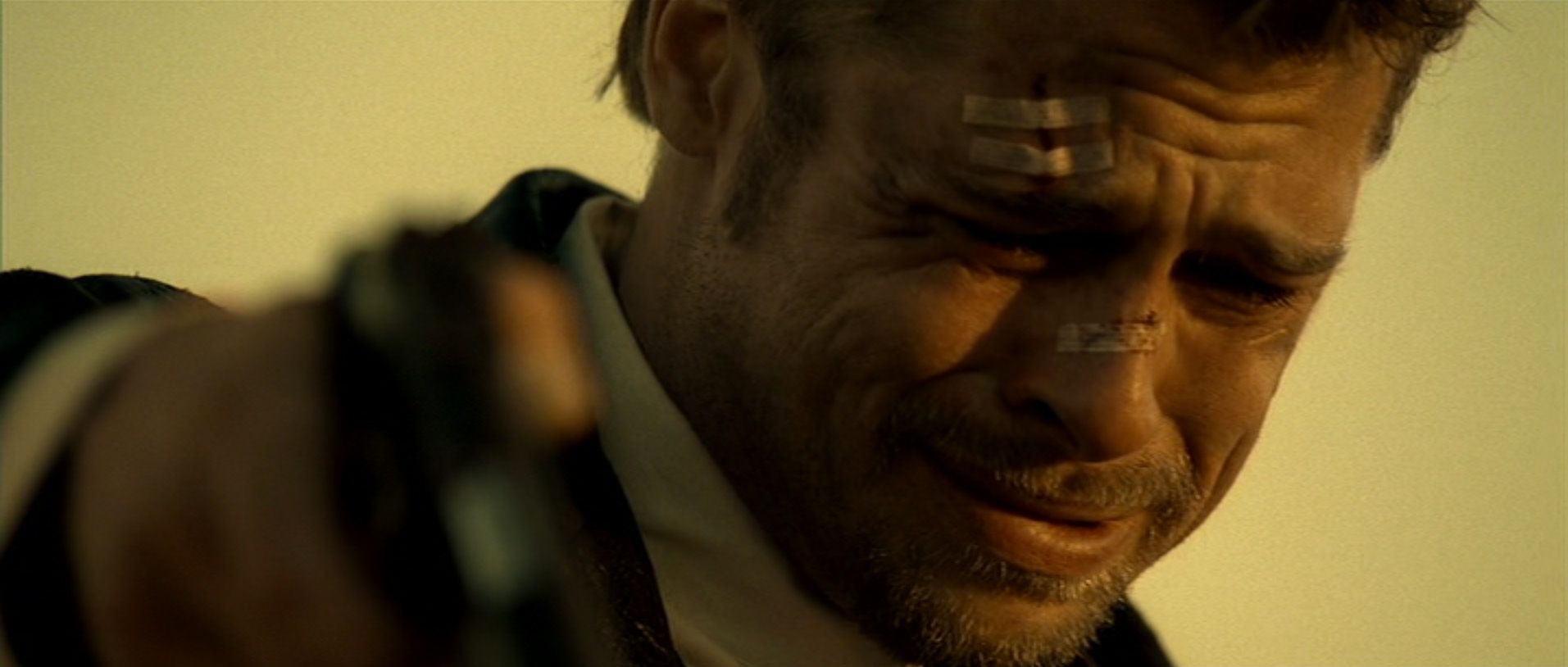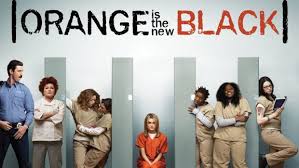I mentioned in a previous post why I know first-hand that structure can feel for some like their script nemesis. This blog post outlines some more thoughts I’ve found useful of ways to think about structure:
Structure: micro and macro
Structure is most often referred to in the macro – the number of ‘acts’ in your script and its shape as a whole. But structure is less often thought of in the micro; the way in which your story delivers a single scene. Each scene has a status quo which is interrupted by something (ideally) dramatic, where a unit of story is delivered to the audience (almost certainly) through conflict, and the result is a changed situation. It’s easy to forget that it is this level that can shape the clarity and tone of the script.
Structure: when is a problem the story, and when is it how it’s put together?
When there’s an issue in your script, one of the biggest questions is whether it’s the story or plot – which are usually intertwined in the writer’s head – that’s at fault. Is it something that doesn’t quite sit right in the dynamic of your character’s journey and what happens (content), or is it because of where a piece of information sits in the script and how it is delivered (context)?
I’d love to hear any tools that you have for this process, but for me it’s getting the writer to test it in different ways: if it’s a feature, what’s the overall message or theme of the script – and does this scene fit within that? If this scene were removed, what would be the result on the larger plot? What would the opposite outcome of this scene look like? It’s also often useful to see in its simplest form (cue cards, scene by scene outline). Other suggestions are welcome!
Structure’s Toolkit
Below are some common elements in scripts that relate to structure:
The circular narrative: this is frequently used in TV and feature specs alike (and particularly in comedy). The opening scene of a script presents a scenario, usually a tense/climactic situation, after which the narrative jumps back in time to present the events leading up to this moment.
- This structural tool succeeds or fails on whether the scene you are ‘hooking’ the audience with is sufficiently extraordinary and creates enough narrative questions (not only “how did they get here?” but “how are they going to get out?”). Ideally, assumptions created by presenting this scene out of context are subverted as a result of experiencing the story as a whole. As I’ve already mentioned in my X Factor blog post however, this can be a way that writers who know there isn’t enough story in the first 30 pages of their script can inject some narrative questions. However, this can also be a legitimate way to present two disparate story elements side-by-side.
The flashback and montage:
- Whilst many writing resources have now come around to the fact that flashbacks, montages, dream sequences are not just lazy storytelling, this doesn’t mean that writers don’t sometimes rely on them in a way that delivers lazy storytelling.
- Flashbacks should create drama in their own right and move the plot forward in the present, despite dealing with something from a character’s past. Bang2write has a great post on this here, which also delves into other often misused storytelling tools such as voiceover and dream sequences.
- The flashback has had a revamp of late: Orange Is the New Black uses flashbacks as an integral part of its structure, which both humanises the inmates by presenting them in a world we recognise and creates ironies between their past and present lives. It also provides the occasional pressure release from a claustrophobic story world. Other recent UK TV like Utopia and The Honourable Woman made some bold and – I think – successful choices by carrying out large portions or entire episodes in the past, which then constantly informed the storytelling in the present, rather than dipping back and forth.
- And as for montages, whilst they’ve moved on somewhat from Rocky (Team America, anyone?), they often aid a script to deliver a character change, but should never be in lieu of scenes that chart a character’s emotional journey – the audience want to see these up close. A good example of this is Groundhog Day; we skip the hundreds of days in which Bill Murray’s character learns to ice sculpt, play the piano, learn about Andie McDowell and generally become a better person. However, it doesn’t montage the scenes in which his character is challenged or he develops a better emotional understanding.
Multiple storylines a.k.a. ‘plate spinning’
- Whether this is for a feature with an ‘A’, ‘B’ and ‘C’ story, or an episode of Downton Abbey or Game of Thrones, structuring and interweaving multiple storylines is what allows you to keep your stories moving forward. The difference is whether the viewpoint you create revolves around a central protagonist or an ensemble cast of characters.
Twists vs. Dramatic Irony
- Structure constantly negotiates whether to let the audience in on one a piece of information before a character in the script (dramatic irony) or hold back so the audience experiences it at the same time – or even after the protagonist (plot twist). When you learn information and how is important in any story, but particularly in genre stories, where the audience can feel involved at key moments of the storytelling, e.g. playing “armchair detective” in Crime. Far from holding back on the plot, the more thought-out clues the audience can invest and speculate in to create plot twists, the better.
Experiencing something first hand vs reported action
- Generally, it’s more dramatic for the audience to witness first-hand an event in the story, although there are some caveats to this. I frequently see traumatic events in the protagonist’s backstory shown in flashback or in the prologue, when it is possible to show this in a less conventional way. Also, on some occasions, it can be very moving if the plot understates the importance of an event by not flashing back or showing first-hand: examples include Thomas J’s death in My Girl, the fate of the girl in the red coat in Schindler’s List and the famous climactic scene in Se7en.

So this is just a few thoughts to steer clear of structure potholes, identify structure issues and be aware of some of the more popular structure shortcuts (and when you might not want to use them). Feel free to add them to your structure ‘toolkit’ – and post below your own suggestions, or how these concepts have worked (or not worked) in your own writing experience.




